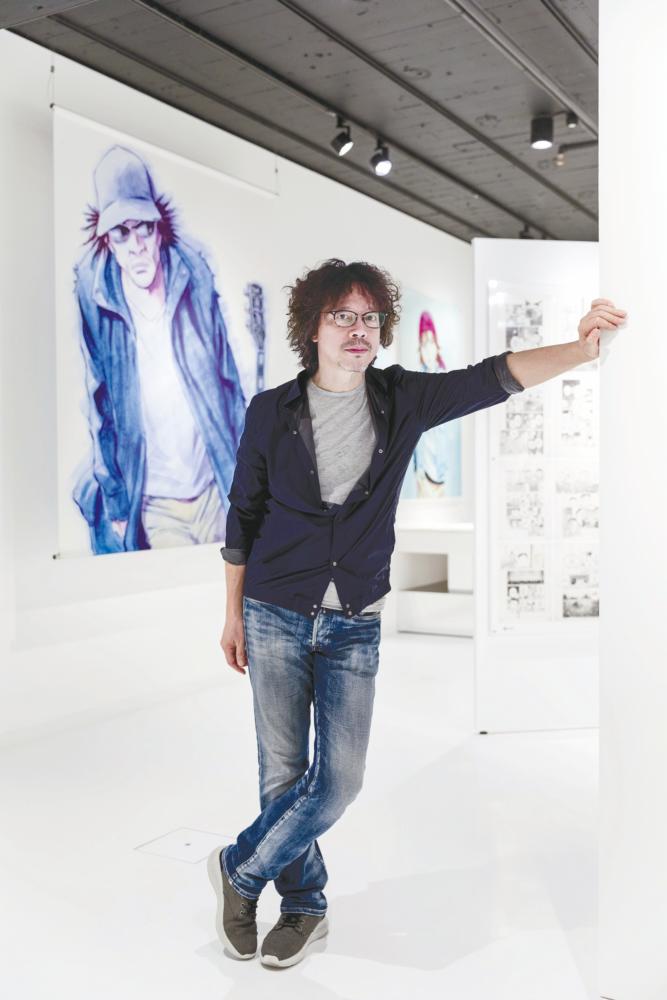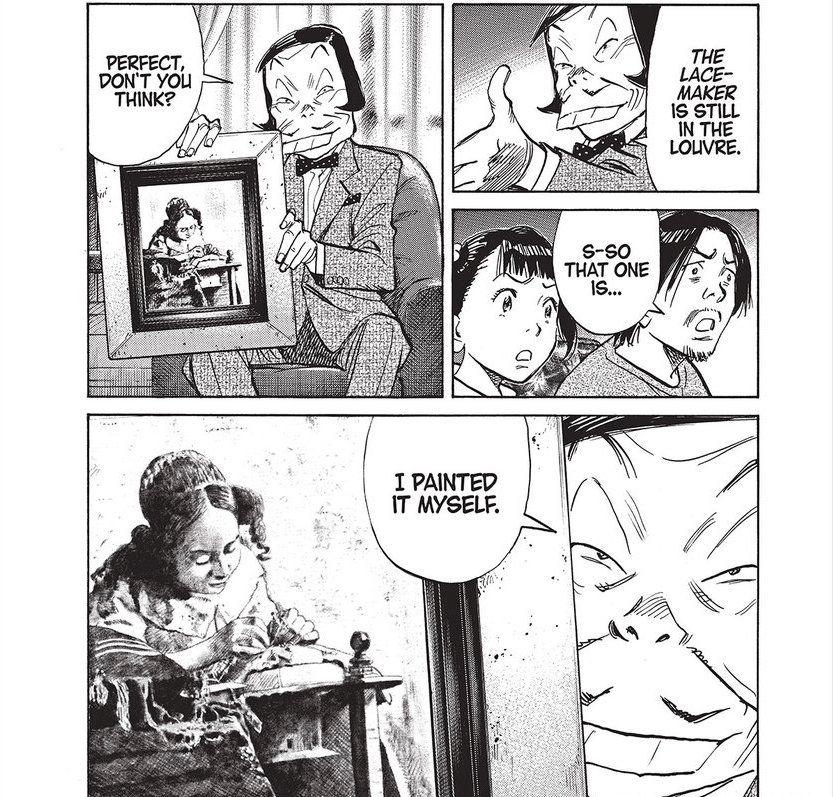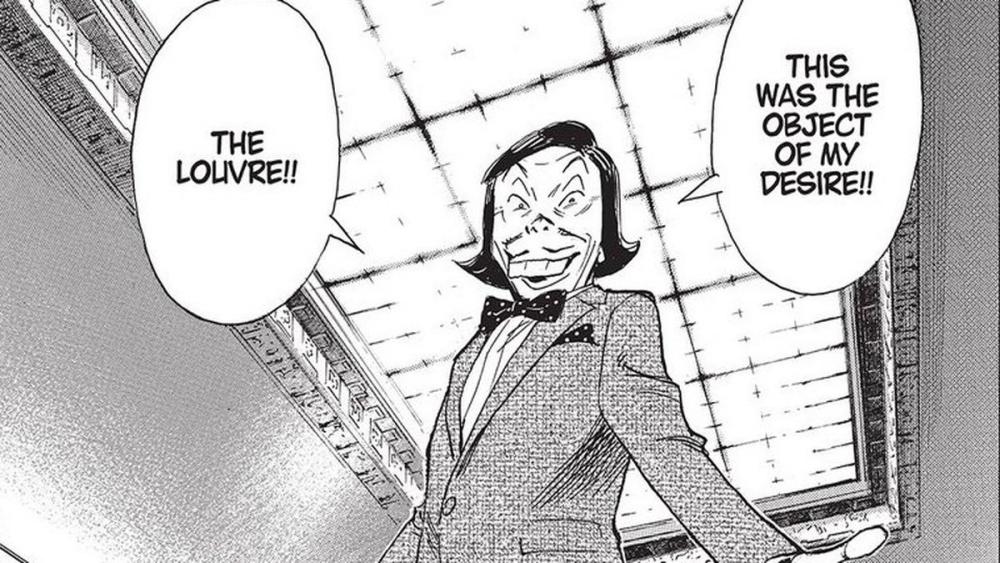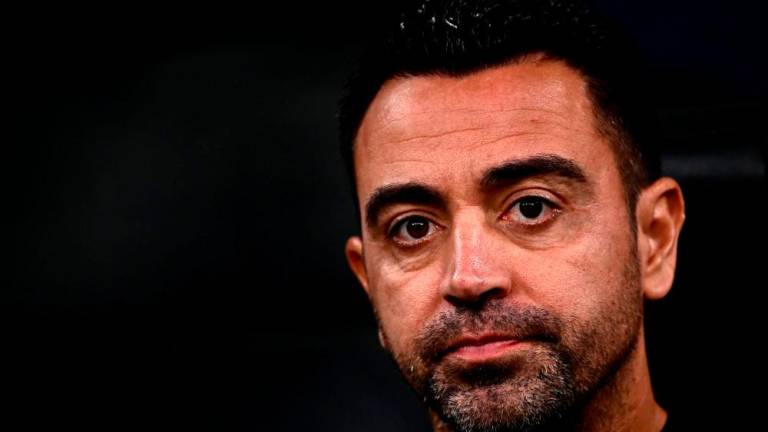This article was first published in theSun Buzz Anime & Manga edition HERE
Naoki Urasawa is a titan who stands among an elite handful of artists that are recognised to have changed the landscape and history of manga in Japan.
His popular works include Pluto, Monster, 20th Century Boys, Yawara!, Happy! and Master Keaton which earned him multiple awards over the years. These include three Shogakukan Manga Awards and two Tezuka Osamu Cultural Prize awards.
Urasawa is an amazing storyteller known for creating compelling characters, his immaculately paced stories, and also for springing jaw-dropping plot twists when the reader least expects it.
To read one of his works is to go on a mind-bending rollercoaster ride that grabs the reader by the throat and keeps them at the edge of their seats.
Monster’s brilliance even drew admiration and praise for Urasawa from Pulitzer Prize recipient Junot Diaz.
“Urasawa is a national treasure in Japan, and if you ain’t afraid of picture books, you’ll see why,” Diaz once said of the manga artist.
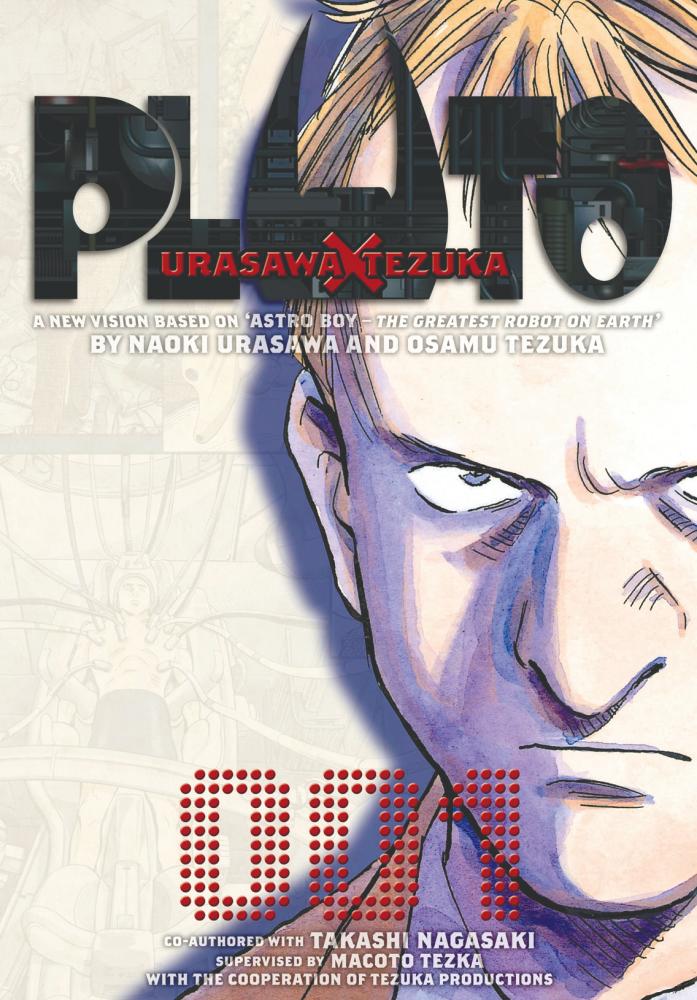
With a string of accolades under his belt, it’s surprising to find out that Urasawa never even dreamed of having an art career, although he admired the works of manga artist Osamu Tezuka greatly.
Just like a manga plot, the economics graduate’s journey as a manga artist started by accident.
Urasawa had an interview with publisher Shogakuhan for a business role, but something compelled him to bring along some of his artworks that day.
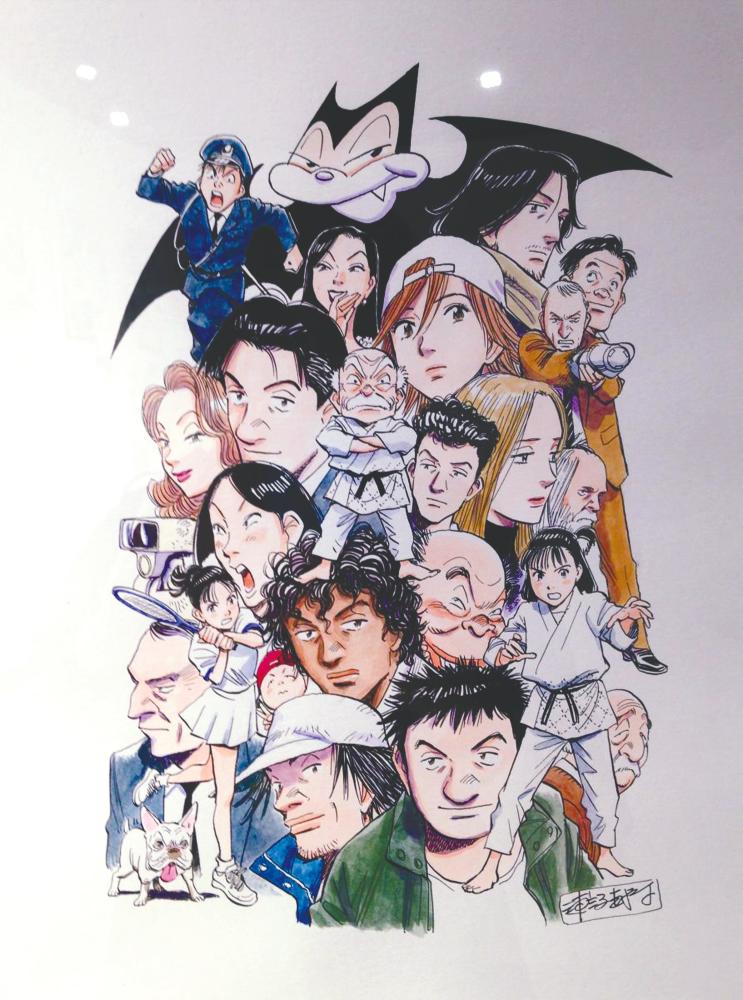
As luck would have it, his drawings caught the eye of the head editor of Big Comic Original. The editor took Urasawa to the editorial department, and the rest is history.
One of Urasawa’s greatest feats is his ability to exude a sense of wanderlust. During the pandemic, Urasawa’s works – and the many places they are set in – have been a source of comfort for readers who were stuck at home.
In a February interview with Polygon, Urasawa shared how his travels helped shape his storytelling.
“I tend to read foreign novels and watch foreign films, rather than Japanese content. And when I watch international news or foreign films, I often find people whose looks I might like to use in my manga.”
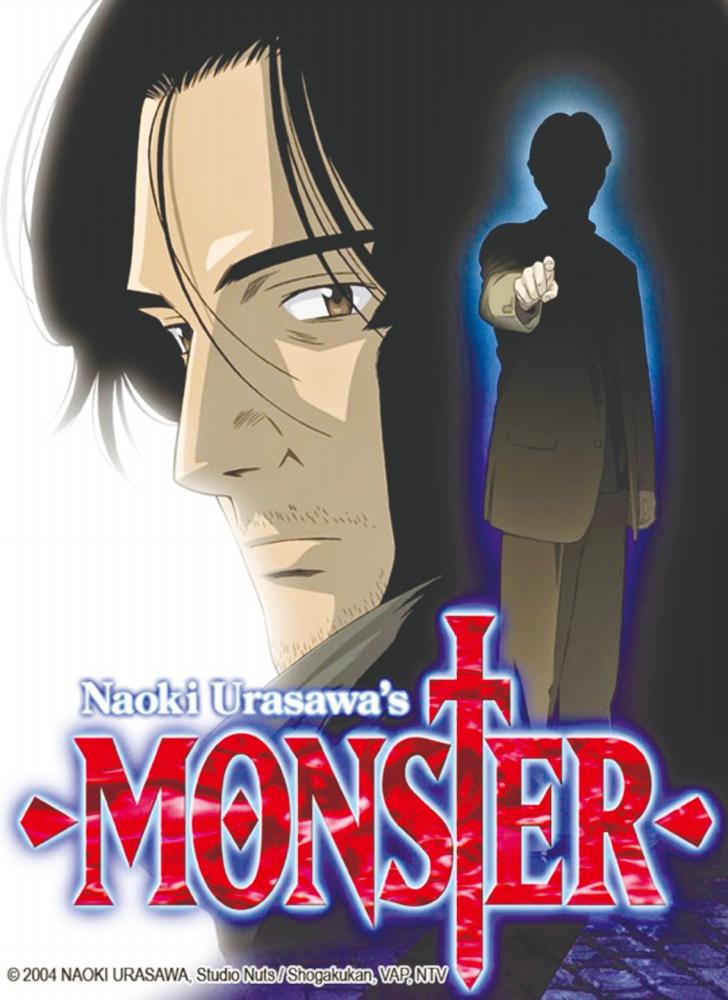
In Monster alone, readers are brought on a journey around Germany, the Czech Republic, Japan, France, Turkey, Burma and Vietnam. “I’ve been influenced by countries all over the world,” Urasawa explained.
“For Monster, it was a week of research starting in Munich, to Dresden, and then to Prague. While travelling, I expanded on the story.”
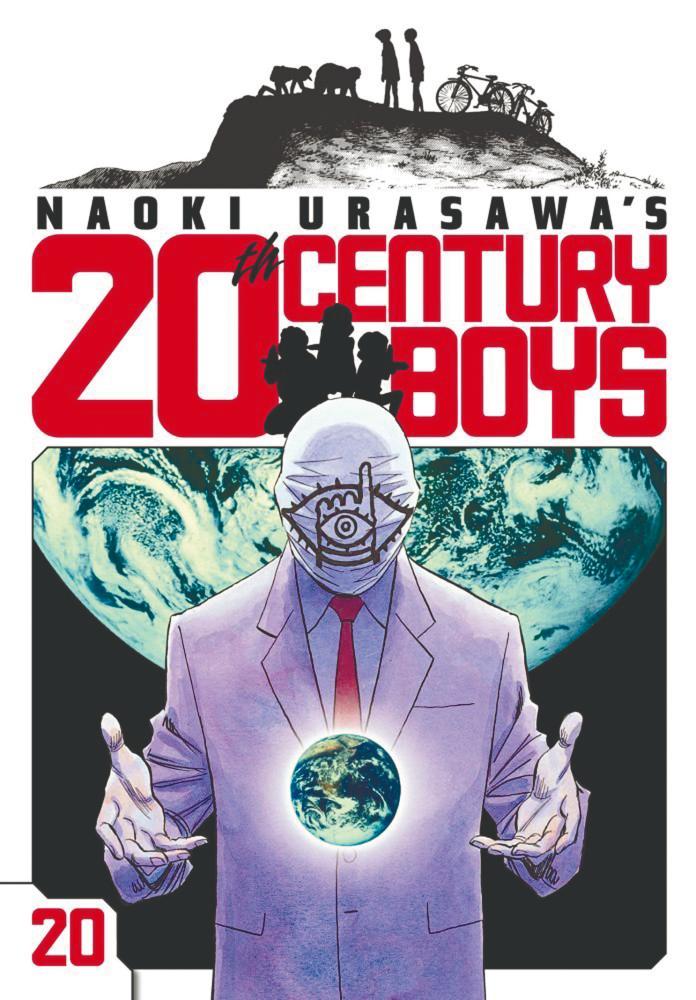
His stories also bring the reader on a journey through time. In his landmark work 20th Century Boys, the manga spans over four decades, beginning in the early 1970s when the main characters are children. They unwittingly befriend a classmate who grows up to become a charismatic villain by the turn of the century.
At one point in the manga, protagonist Kenji Endo becomes a wandering busker, giving Urasawa an opportunity to demonstrate his own skills as a lyricist.
Unbeknownst to many, Urasawa is himself a talented musician, performing under the stage name Bob Lennon. He even sang a live adaptation of one of Kenji’s iconic songs at the Japan Expo in 2012.
It’s also evident that Urasawa’s powerful storytelling is brought to life with beautiful illustrations. For example, in Urasawa’s most recent work Mujirushi, which is set in Paris and involves a plot to steal paintings from the renowned Louvre museum, his drawings of Parisian streets are vivid enough to make the reader feel as though they are there strolling and talking to the locals.
“For Mujirushi, the Louvre invited me to visit, and I was given access to areas usually unavailable to visitors, such as the basement, attic and the museum at night!
“In any case, the important thing is how far the wings of my imagination can take me from these experiences. How far can I fly with my ideas.”
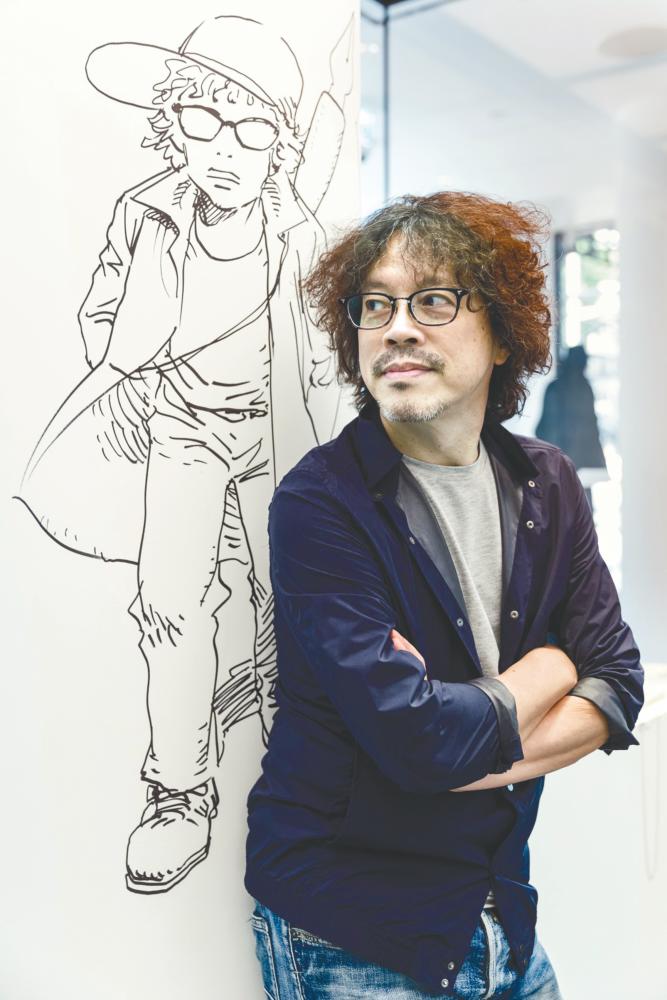
Despite his stories’ bleak tone, Urasawa still manages to champion values such as compassion, kindness and a sense of pity, while also acknowledging that these values can come at a cost.
These layers in the stories have kept fans coming back for more, and perhaps provide readers with a sense of hope in a dark and complex world.
Urasawa noted: “In the real world, pessimism is such a norm. But as creators, our job is not to be caught up in this pessimism, but rather to create something where characters – even in adversity – can find the courage to hope. And for me [the job of a creator is] to deliver this message to the readers.”



